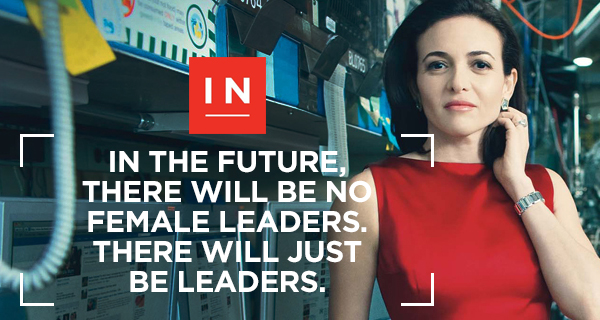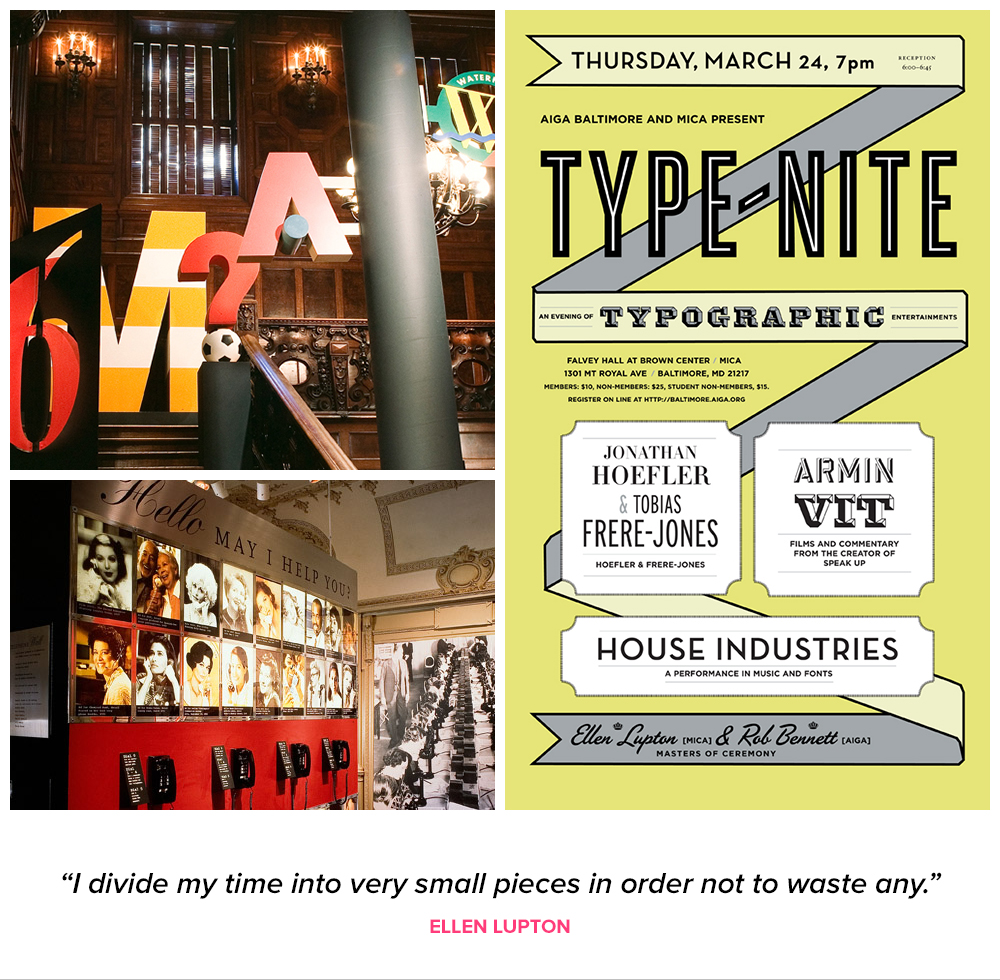Millennial Women Want Relationships… With Brands.
I had the pleasure and privilege of heading to Austin for this year’s SXSW Interactive Festival. This was my first official SXSW as a full-on grown up. I attended UT for grad school and their Texas Creative portfolio program back in the early aughts but couldn’t afford the actual badge to get in.
Not the case this year. I was one of the lucky few creatives at my company who got the chance to venture to the most liberal part of Texas to get the skinny on all things interactive. And I’m happy to report I learned a lot of valuable stuff I can actually apply to my day job. And to this blog post.
Even though I attended a lot of amazing sessions, for the purpose of this blog post (and your attention span), I’m going to focus on one that really resonated with me–as a creative and a fellow female shopper.
“Why Brands Can’t Afford To Ignore Millennials” featured Melissa Goidel, Chief Revenue Officer at Refinery29, speaking about the company’s first qualitative and quantitative research study titled Her Brain On Digital(1). This session was basically a brain dump of all their findings on millennial women (ages 18-34). And it was pretty powerful stuff.
Right now the millennial generation is the largest demographic in size bumping the notorious Baby Boomers off their giant population pedestal. And if brands want to get a big chunk of millennial money pie, they need to know how to reach them and just who to pay attention to. Since woman influence about 80% of consumer spending as it is(2), brands should pay even more attention to millennial women.
These women are digital-savvy shoppers. 1 in 5 have their own blog. 90% shop online. And 2 in 3 use the World Wide Web as their source of inspiration before opening up their wallets (digital or analog). Millennial women are also omnichannel and omnibrand shoppers. And guess what? They want more than just deals (although those don’t hurt either. They love a good in-store coupon.). They want a relationship with the brands they buy from. But brands will need to play by their rules if they want millennial dollars.
This means brands today are going to have to do a lot more than just talk about themselves via TV, radio, print and online. They’re going to need to think outside the ecommerce site and brick & mortar store to talk to her about how they can provide her with a truly omnichannel shopping experience.
Melissa Goidel summarized the research findings with four key takeaways for brands:
1. Mindful Living – Be a Relatable Resource
Fuel her curiosity. Show her the new and unexpected.
Reach her across related passions to show you understand her.
Make it an experience. Anchor your message in something bigger than your brand.
2. Inspiration is Everywhere – Show, Don't Tell
Be a resource. Align with her trust sources or position your brand as an expert.
Know her expectations. Provide content that enhances your relationship.
Refine your social expectations. Social commenting and sharing measure passion.
3. Artful Shopping – Deal or No Deal
Go from ordinary to extraordinary. Limited-edition items and collaborations resonate.
Validate the purchase decision. Make her feel proud of her find.
Consider engagement beyond purchase – Provide a deep, well-rounded shopping experience that extends beyond the moment of purchase.
4. A Generation Enlightened – Conversation Becomes Action
Provide value, not propaganda. Deliver authenticity and come from a place of good.
Support her personal brand. Be open to new ways of creating a lasting relationship with her.
Take a chance on her. She’s willing to experiment with products and brands.
As a female creative and marketer, all of this information is really eye opening — because there’s been a real shift in what shoppers expect from brands today. Contrary to previous generations, millennials don’t want the relationship to end after they’ve purchased. They want to keep engaging. The most successful brands will be the ones that play by their rules. The brands that take the time to establish a relationship with the millennial woman will earn her trust, her attention, and ultimately her wallet.
1 http://panelpicker.sxsw.com/vote/39257
2 http://www.3percentconf.com/about
Guest blogger Kelly Rodgers is an ACD at THE SHOP. You can follow Kelly on Twitter @kelly28oconnell or check out more about her on LinkedIn https://www.linkedin.com/in/kellyjrodgers















































